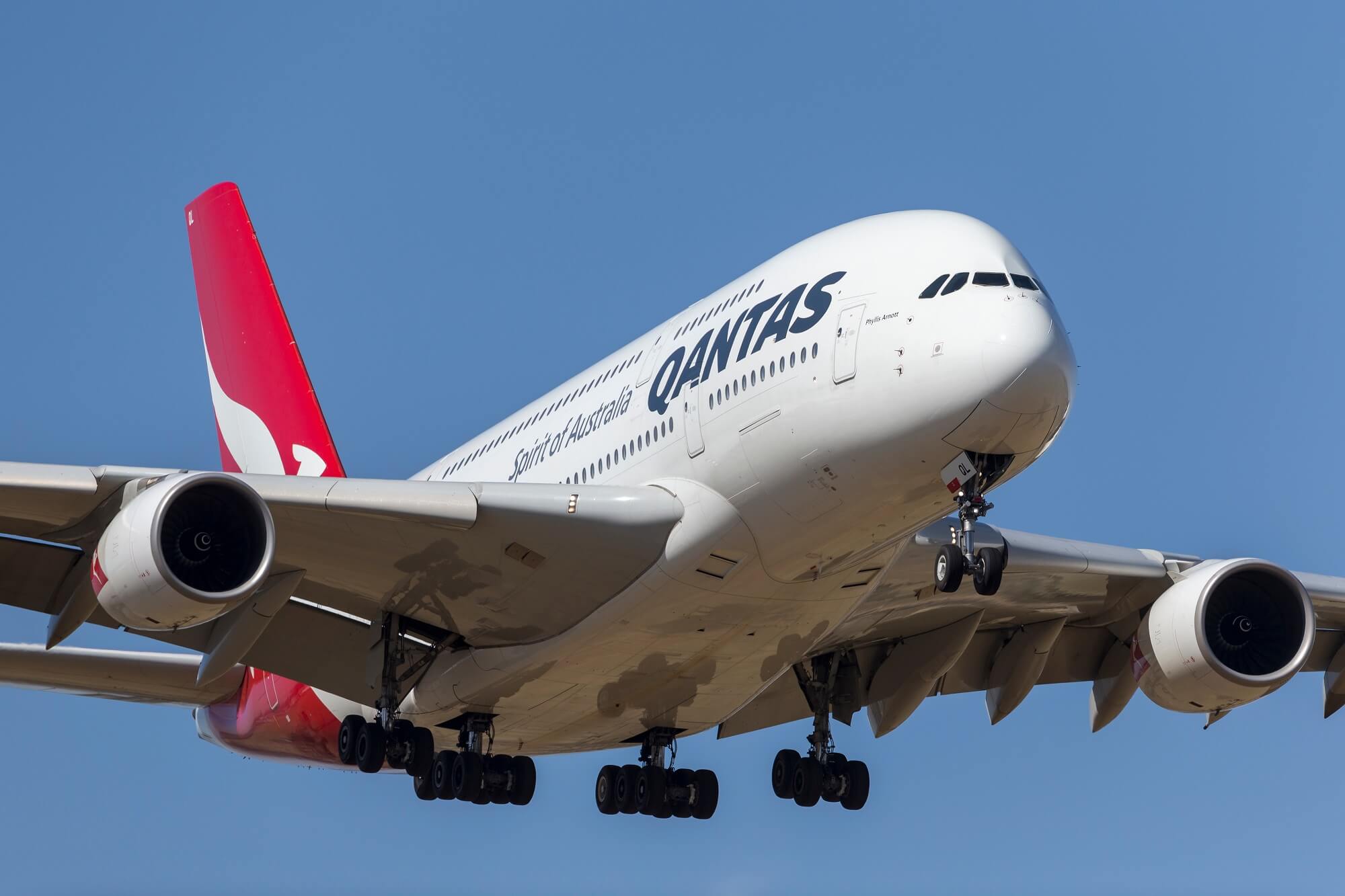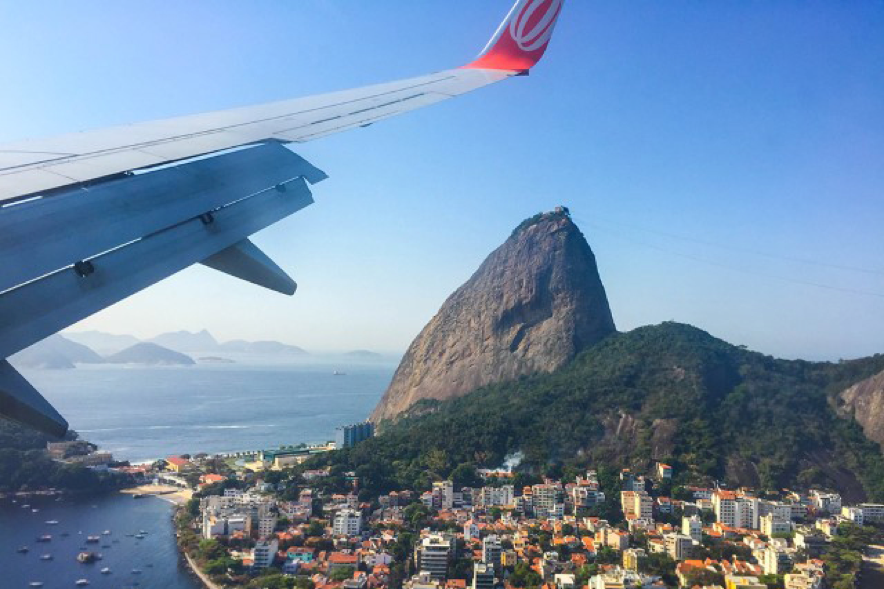Passenger Air Travel in Brazil

Brazil’s vast geographical expanse and diverse population make air travel a crucial mode of transportation for both domestic and international journeys. The country’s robust air transport network connects major cities and remote regions, facilitating economic growth, tourism, and cultural exchange.
Major Domestic and International Air Routes
Brazil’s domestic air travel network is extensive, with major airlines connecting major cities across the country. The most popular domestic routes include São Paulo to Rio de Janeiro, São Paulo to Brasilia, and Rio de Janeiro to Salvador. International air travel is also significant, with major hubs in São Paulo, Rio de Janeiro, and Brasilia offering connections to destinations worldwide. Popular international routes include São Paulo to Miami, Rio de Janeiro to Lisbon, and Brasilia to New York.
Trends in Passenger Air Travel in Brazil
Passenger air travel in Brazil has witnessed substantial growth in recent years, driven by factors such as rising disposable incomes, expanding middle class, and increasing demand for tourism. The country’s air travel market has experienced consistent growth, with passenger numbers reaching record highs in recent years. The growth in air travel has been particularly noticeable in the domestic market, fueled by the increasing affordability of airfares and the expansion of low-cost carriers.
Types of Airlines Operating in Brazil
The Brazilian airline industry is characterized by a diverse range of carriers, catering to different passenger segments and travel preferences.
- Full-service airlines, such as LATAM Airlines Brazil and Azul Brazilian Airlines, offer a comprehensive range of services, including checked baggage allowance, in-flight meals, and seat selection. They often operate on longer-haul routes and focus on providing a premium travel experience.
- Low-cost carriers, such as GOL Linhas Aéreas Inteligentes and Avianca Brasil, focus on providing affordable airfares by offering basic services and charging for additional amenities. They typically operate on shorter-haul routes and target price-sensitive travelers.
- Regional airlines, such as Passaredo Linhas Aéreas and MAP Linhas Aéreas, primarily operate within specific regions of the country, connecting smaller cities and towns. They often utilize smaller aircraft and offer more flexible flight schedules.
Impact of Government Policies and Regulations
The Brazilian government plays a significant role in shaping the country’s air travel industry through various policies and regulations. The government has implemented initiatives to promote competition, enhance safety standards, and improve infrastructure. These policies have had a considerable impact on passenger air travel in Brazil, influencing factors such as airfares, route development, and the overall competitiveness of the industry.
Future of Passenger Air Travel in Brazil
The future of passenger air travel in Brazil is expected to be characterized by continued growth, driven by factors such as technological advancements, changing consumer preferences, and the expansion of the middle class.
- Technological advancements, such as the development of new aircraft models and the adoption of digital technologies, are expected to enhance efficiency, reduce operating costs, and improve the overall passenger experience.
- Changing consumer preferences, such as the increasing demand for personalized travel experiences and the rise of mobile technology, are likely to influence the way airlines operate and market their services.
- Expansion of the middle class is expected to further fuel demand for air travel, particularly in the domestic market.
Safety and Security in Brazilian Aviation: Passenger Plane Brazil

Brazil’s aviation industry has experienced significant growth in recent years, driven by increasing domestic and international travel demand. This growth has come with the imperative to maintain high safety and security standards to ensure the well-being of passengers and crew. This section will delve into the safety record of Brazilian airlines and airports, examining the measures implemented to safeguard passengers and aircraft, comparing Brazilian standards to international best practices, and identifying the challenges and threats to aviation safety in Brazil.
Safety Record of Brazilian Airlines and Airports
The safety record of Brazilian airlines has generally been positive, with a significant improvement in recent years. The country’s aviation regulator, the National Civil Aviation Agency (ANAC), has implemented strict safety regulations and oversight mechanisms to ensure compliance with international standards. The International Air Transport Association (IATA) has consistently ranked Brazilian airlines among the safest in the world.
For example, in 2023, IATA’s Operational Safety Audit (IOSA) program, which evaluates airlines’ operational safety management systems, certified 100% of Brazilian airlines as compliant. This demonstrates a strong commitment to safety within the industry.
However, it’s important to acknowledge that there have been instances of accidents and incidents in the past, highlighting the need for continued vigilance and improvement. The Brazilian government and aviation authorities have responded to these events by strengthening regulations, enhancing training programs, and investing in infrastructure upgrades.
Measures Implemented for Safety and Security, Passenger plane brazil
To ensure the safety and security of passengers and aircraft, Brazil has implemented a comprehensive set of measures, encompassing various aspects of aviation operations:
- Strict Safety Regulations and Oversight: ANAC has established stringent safety regulations aligned with international standards, covering aspects such as aircraft maintenance, pilot training, and operational procedures. Regular audits and inspections are conducted to ensure compliance.
- Advanced Technology and Equipment: Brazilian airlines and airports have invested in advanced technology and equipment to enhance safety and security, including modern aircraft with sophisticated safety features, advanced navigation systems, and state-of-the-art security screening equipment.
- Comprehensive Security Protocols: Robust security protocols are in place at Brazilian airports, including passenger screening, baggage inspection, and airport perimeter security measures. These protocols are regularly reviewed and updated to address evolving security threats.
- Training and Education: The Brazilian aviation industry places a strong emphasis on training and education for pilots, air traffic controllers, and other aviation professionals. These programs ensure that personnel possess the necessary skills and knowledge to operate safely and efficiently.
- International Cooperation: Brazil actively collaborates with international aviation organizations, such as the International Civil Aviation Organization (ICAO), to share best practices, exchange information on safety and security threats, and promote global aviation safety standards.
Comparison with International Best Practices
Brazilian aviation safety standards are generally aligned with international best practices, particularly those established by the ICAO. The country has implemented regulations and practices that meet or exceed many international standards, reflecting a commitment to global safety norms.
However, there are areas where Brazil could further enhance its safety standards to align more closely with international best practices. These include:
- Aircraft Maintenance and Inspections: While Brazilian regulations are stringent, some industry experts suggest that the enforcement of maintenance standards and inspections could be further strengthened to ensure consistent compliance.
- Pilot Training and Certification: The quality of pilot training and certification in Brazil is generally high, but there is a need for continuous improvement and adaptation to incorporate the latest technological advancements and industry best practices.
- Data Collection and Analysis: Enhancing data collection and analysis capabilities for safety incidents and accidents would enable more effective identification of trends, root causes, and potential areas for improvement.
Challenges and Threats to Aviation Safety
Despite the progress made, the Brazilian aviation industry faces several challenges and threats to safety:
- Infrastructure Constraints: Some airports in Brazil, particularly in smaller cities and remote regions, face infrastructure constraints that can impact safety and efficiency. These constraints include limited runway capacity, outdated navigation systems, and inadequate maintenance facilities.
- Environmental Factors: Brazil’s vast geographical area and diverse climate conditions present unique challenges to aviation safety. Extreme weather events, such as thunderstorms and heavy rainfall, can disrupt operations and pose risks to aircraft.
- Security Threats: Like other countries, Brazil faces the threat of terrorism and other security threats to aviation. The aviation industry is constantly adapting security protocols and procedures to mitigate these risks.
- Financial Pressures: The aviation industry is subject to financial pressures, which can sometimes lead to cost-cutting measures that may compromise safety.
Recommendations for Improving Safety and Security
To further enhance safety and security in the Brazilian aviation industry, several recommendations can be considered:
- Continued Investment in Infrastructure: Investing in infrastructure upgrades, particularly at smaller airports, is crucial to address capacity constraints and improve safety and efficiency.
- Strengthening Enforcement of Regulations: Ensuring strict enforcement of existing regulations and increasing oversight of aircraft maintenance and inspections is essential for maintaining high safety standards.
- Advanced Training and Technology: Investing in advanced pilot training programs, incorporating the latest technological advancements and best practices, is crucial for maintaining a highly skilled workforce.
- Data-Driven Decision-Making: Enhancing data collection and analysis capabilities for safety incidents and accidents will enable more effective identification of trends, root causes, and areas for improvement.
- Enhanced Security Measures: Continuously reviewing and updating security protocols and procedures, incorporating the latest security technologies and intelligence information, is essential to mitigate evolving threats.
- Public-Private Partnerships: Encouraging public-private partnerships can leverage private sector expertise and resources to enhance infrastructure, technology, and safety initiatives.
Passenger plane brazil – Passenger planes in Brazil, like those soaring above the Amazon rainforest, are a vital part of the country’s transportation network. Sadly, however, the history of aviation in Brazil is also marked by tragedies, with various types of plane crashes occurring over the years.
To understand the causes and impact of these events, it’s crucial to explore the different brazil plane crash types , from mechanical failures to human error. By analyzing these incidents, safety measures can be implemented to prevent future tragedies and ensure the continued safe passage of passenger planes in Brazil.
Passenger planes in Brazil, like many other countries, provide vital transportation, connecting cities and communities. However, the aviation industry, like any other, has faced its share of tragedies, including the devastating ATR 72 crash which highlighted the importance of rigorous safety protocols and ongoing vigilance to ensure the safety of passengers and crew.
This incident, while a stark reminder of the potential risks involved, serves as a catalyst for continuous improvement in the field of aviation safety, ultimately contributing to the overall safety and reliability of passenger planes in Brazil and beyond.
